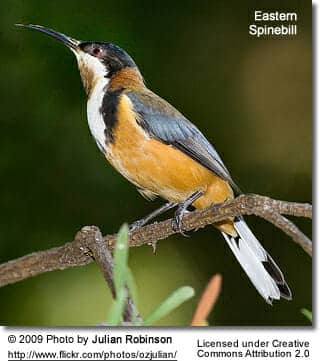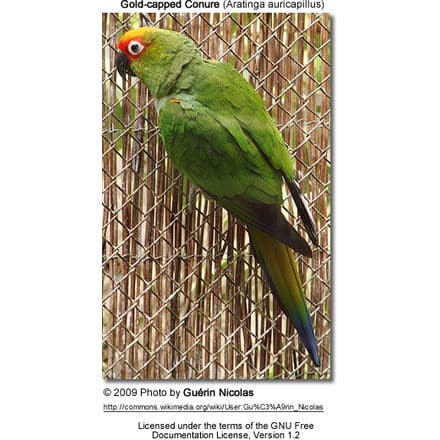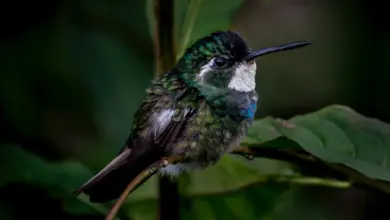Eastern Spinebills
The Eastern Spinebills, Acanthorhynchus tenuirostris, is a species of honeyeater found in south-eastern Australia in forest and woodland areas, as well as gardens in urban areas of Sydney and Melbourne. Some populations exist in Tasmania.
Description:
It has a distinctive black, white and chestnut plumage, a red eye, and a long downcurved bill.
13-16 cm (5-6 in) long, the male Eastern Spinebill has a long thin downcurved black bill with a black head, white throat with a reddish patch and red iris. It has a brownish-red nape, a grey brown back and pale cinnamon underparts. The dark tail is tipped with white laterally.
Females and juveniles are smaller and duller.
Diet / Feeding
The Eastern Spinebills feeds on nectar from many plants, including the blooms of gum trees, mistletoes Amyema spp., Epacris longiflora, Epacris impressa, Correa reflexa, and various members of the Proteaceae such as Banksia ericifolia, Banksia integrifolia, Lambertia formosa and Grevillea speciosa, as well as small insects and other invertebrates (= animals without internal skeleton, such as larvae, earthworms, millipedes, snails, spiders).
A 1982 study in the New England National Park in North-eastern New South Wales found that there was a large influx of birds coinciding with the start of flowering of Banksia spinulosa there. They have been known to feed from exotic plants such as Fuchsias.


Breeding / Reproduction
Breeding season is from August to December, with one or two broods raised. The nest is a deep cup-shaped structure of grass and bark lined with feathers, generally in the fork of a small bushy tree or shrub.
The clutch is 1-4, with 2 being the average, pinkish eggs with dark reddish brown blotches and spots 17 x 13 mm in size. The female incubaties the eggs for between 13 to 16 days before hatching. Both parents feed the chicks and remove the faecal sacks from the nest.
Calls / Vocalization
The call is a rapid piping.
Taxonomy
Originally described as Certhia tenuirostris by ornithologist John Latham in 1802, it is a member of the small genus Acanthorhynchus with one other, the Western Spinebill of Western Australia.
The generic name is derived from the Greek translation of its common name, namely acantho-/ακανθο- “spine” and rhynchos/ρυνχος “bill”. Its specific name is from Latin tenuis “narrow” and rostrum billed.
It belongs to the honeyeater family Meliphagidae. More recently, DNA analysis has shown honeyeaters to be related to the Pardalotidae, and the Petroicidae (Australian robins) in a large corvid superfamily; some researchers considering all these families in a broadly defined Corvidae.




